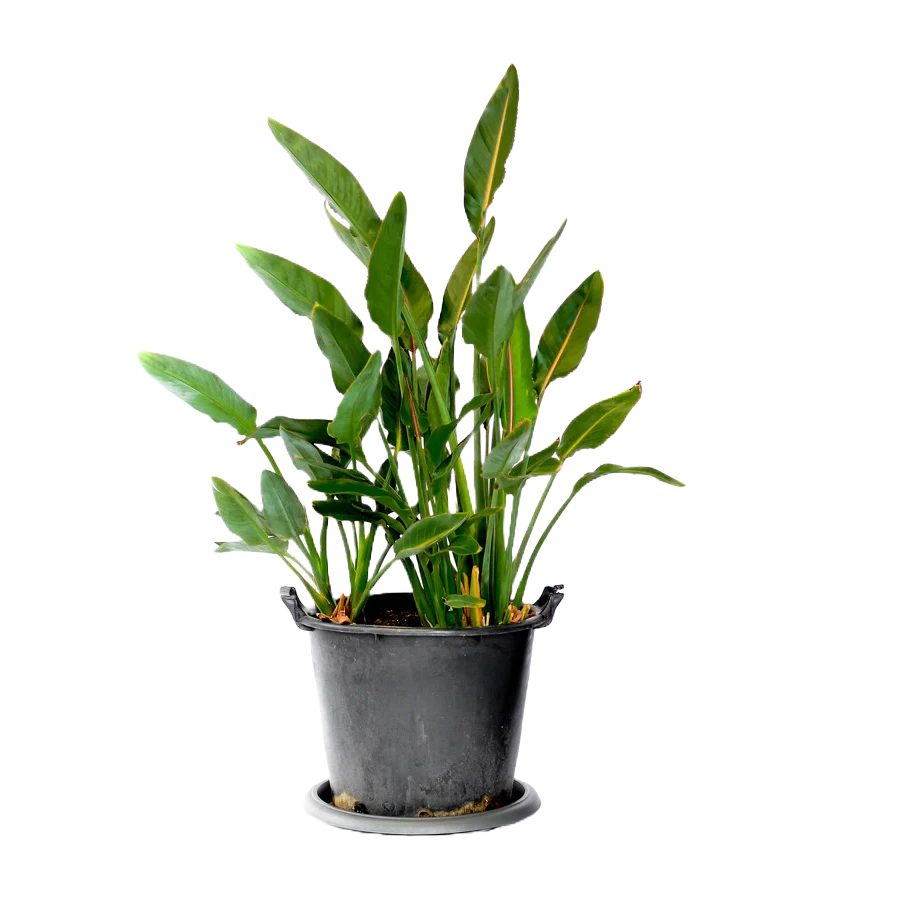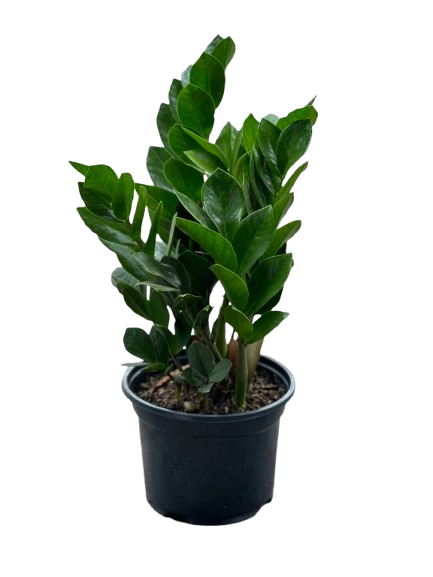The Rubber Plant (ficus elastica) is quickly becoming a household favorite in Kenya thanks to its bold foliage and low-maintenance nature. This versatile indoor plant thrives in a variety of environments, making it ideal for homes and offices across Nairobi, Kisumu, Mombasa, and beyond. Whether you’re a beginner or seasoned gardener, the rubber plant adds a touch of tropical sophistication while purifying your indoor air.
Why Grow This Plant?
- Excellent air-purifying qualities, removing indoor toxins.
- Low-maintenance and beginner-friendly.
- Visually striking with glossy, broad leaves.
- Grows well in indoor spaces with indirect light.
- Perfect for modern and minimalistic décor styles.
Cultural & Historical Significance
The Rubber Plant originates from Southeast Asia, where it has been cultivated for centuries for ornamental and symbolic purposes. In India and Thailand, it’s believed to bring prosperity and positive energy. In African spiritual practices, leafy green plants like the Rubber Plant are seen as protectors of the home, often placed near doorways. Its latex-producing qualities also link it to traditional industries involving rubber extraction.
Ideal Growing Conditions in Kenya
- Sunlight: Bright, indirect light is best; tolerates filtered sun.
- Temperature: 18°C to 30°C, avoiding cold drafts.
- Soil: Well-draining loamy soil with organic matter.
- Watering: Moderate; allow topsoil to dry between waterings.
- Best regions: Nairobi, Nakuru, Eldoret, Kisumu, and other temperate areas.
How to Plant It
- Choose a medium to large pot with drainage holes or prepare outdoor soil if planting directly.
- Fill with a mix of loam soil, compost, and a bit of sand for drainage.
- Remove the plant gently from the nursery bag or container.
- Place in the hole or pot and cover with soil up to the base of the stem.
- Water lightly and place in a well-lit spot indoors or under filtered sunlight.
Care Tips
- Water when the top 2–3 cm of soil feels dry.
- Wipe leaves weekly to remove dust and enhance shine.
- Fertilize monthly with a balanced liquid fertilizer during the growing season.
- Prune to control height and encourage bushiness.
- Repot every 2–3 years as the plant grows larger.
Pests & Diseases
- Aphids & mealybugs: Look for sticky residue and small bugs on leaves. Treat with neem oil or insecticidal soap.
- Root rot: Caused by overwatering. Ensure proper drainage and water less frequently.
- Leaf drop: Often due to sudden temperature changes or overwatering.
Pet Safety
Rubber Plants are mildly toxic to cats and dogs if ingested. Keep out of reach from curious pets to avoid mouth irritation or digestive upset.
Growing in Containers
Rubber Plants grow beautifully in containers, making them ideal for balconies, verandas, and indoor corners. Use pots with good drainage and rotate them occasionally to encourage even growth. Smaller cultivars like the “Tineke” variety are perfect for tabletops or shelves.
Where to Buy This Plant in Kenya
Looking to add a Rubber Plant to your space? Visit https://planters.co.ke to explore a curated collection of healthy plants and stylish pots. Delivery available across Kenya.
Final Thoughts
The Rubber Plant is an elegant, hardy addition to any Kenyan home. With minimal effort, it offers vibrant greenery, air purification, and stylish décor appeal. Whether you’re an apartment dweller or garden enthusiast, this plant is a rewarding choice that grows with you.
Recent Posts
- Asiatic Lily Bulbs in Kenya: Vibrant Color, Easy Growth & Garden Beauty
- Dendrobium Orchids: Elegant Blooms, Easy Care & Indoor Beauty
- Vanda Orchids: Vibrant Colors, Air-Grown Beauty & Elegant Displays
- Vriesea Bromeliads in Kenya: Elegant, Colorful & Easy to Grow
- Manuka : Beauty, Healing & Natural Resilience







